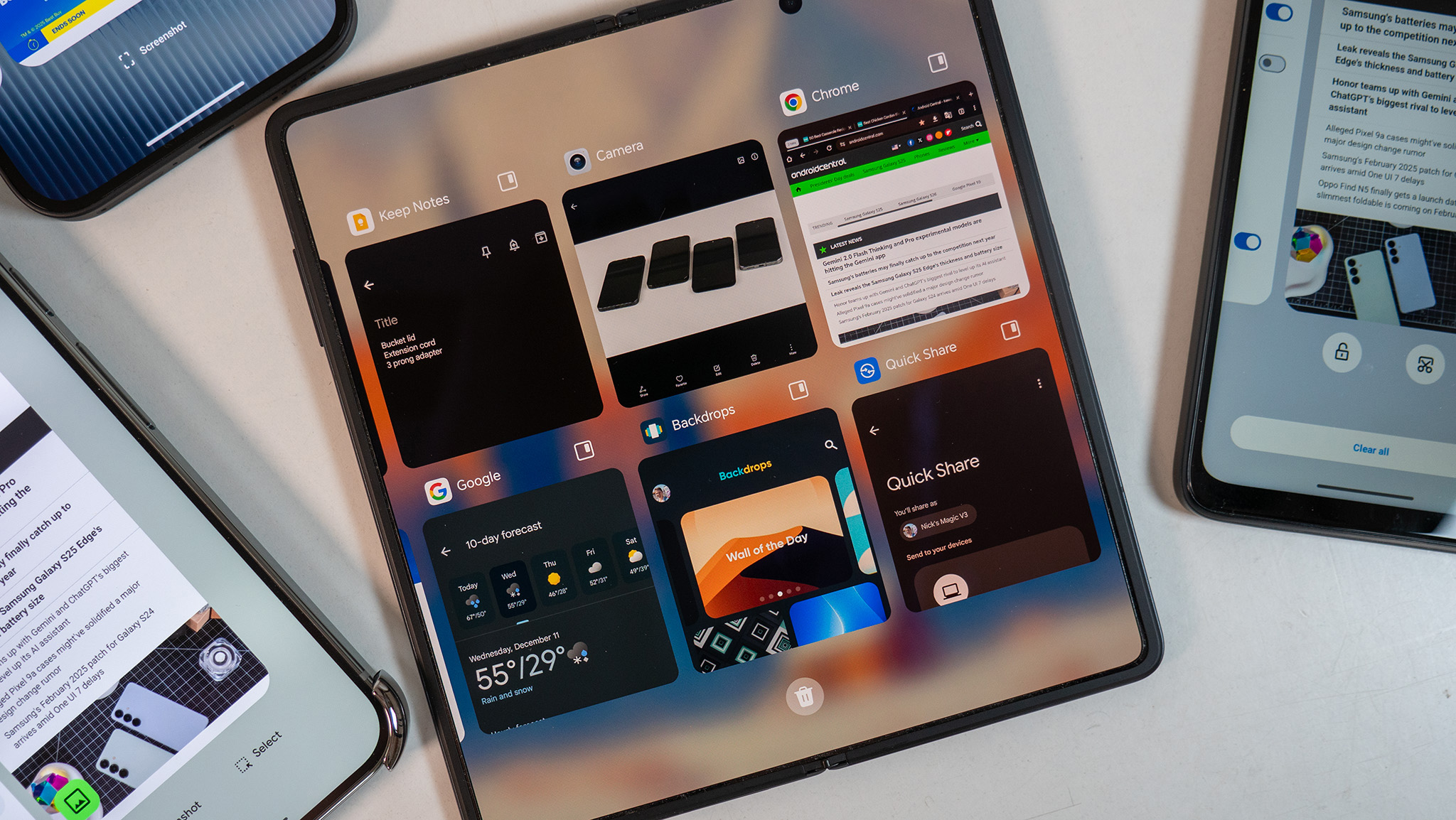
In simpler terms, while current smartphones are capable of handling multiple tasks concurrently due to their high-performance capabilities, the limited screen size can make it challenging if the user interface isn’t designed effectively. Unfortunately, the built-in Android multitasking UI (Overview) falls short in this aspect, resulting in phones using this interface struggling with multitasking compared to others.
"Просто покупай индекс", говорили они. "Это надежно". Здесь мы обсуждаем, почему это не всегда так, и как жить с вечно красным портфелем.
Поверить в рынокThe source of my annoyance primarily stemmed from the Android team overhauling the user interface for multitasking during the Android 9 Pie update. Instead of the vertical, scrollable card layout that displayed four to five apps at once, they adopted a design similar to the Palm Pre, featuring large, horizontally scrollable cards. Given the lead designer of Android was previously part of the Palm WebOS team, this change isn’t entirely unexpected.
I recently encountered an innovative design where only one large app card is visible on the screen at a given moment, with a slim sneak peek of another app off to the side. The challenge lies in not knowing which app comes next until it appears, making it quite tricky to swiftly transition between more than two apps concurrently. Fortunately, companies such as OnePlus, Vivo, Samsung, and a few others seem to have recognized that this user interface might not be optimally efficient, and I’m hopeful they’ll improve upon it soon.
As an enthusiast, I’ve handpicked some of my favorite Android multitasking interfaces that help you accomplish more in a shorter span of time. The most productive way to juggle tasks on a contemporary Android device is by using swipe gestures instead of the conventional 3-button navigation layout. Many of the gesture-based features I’ll discuss below work best with this setting enabled.
The best: OnePlus
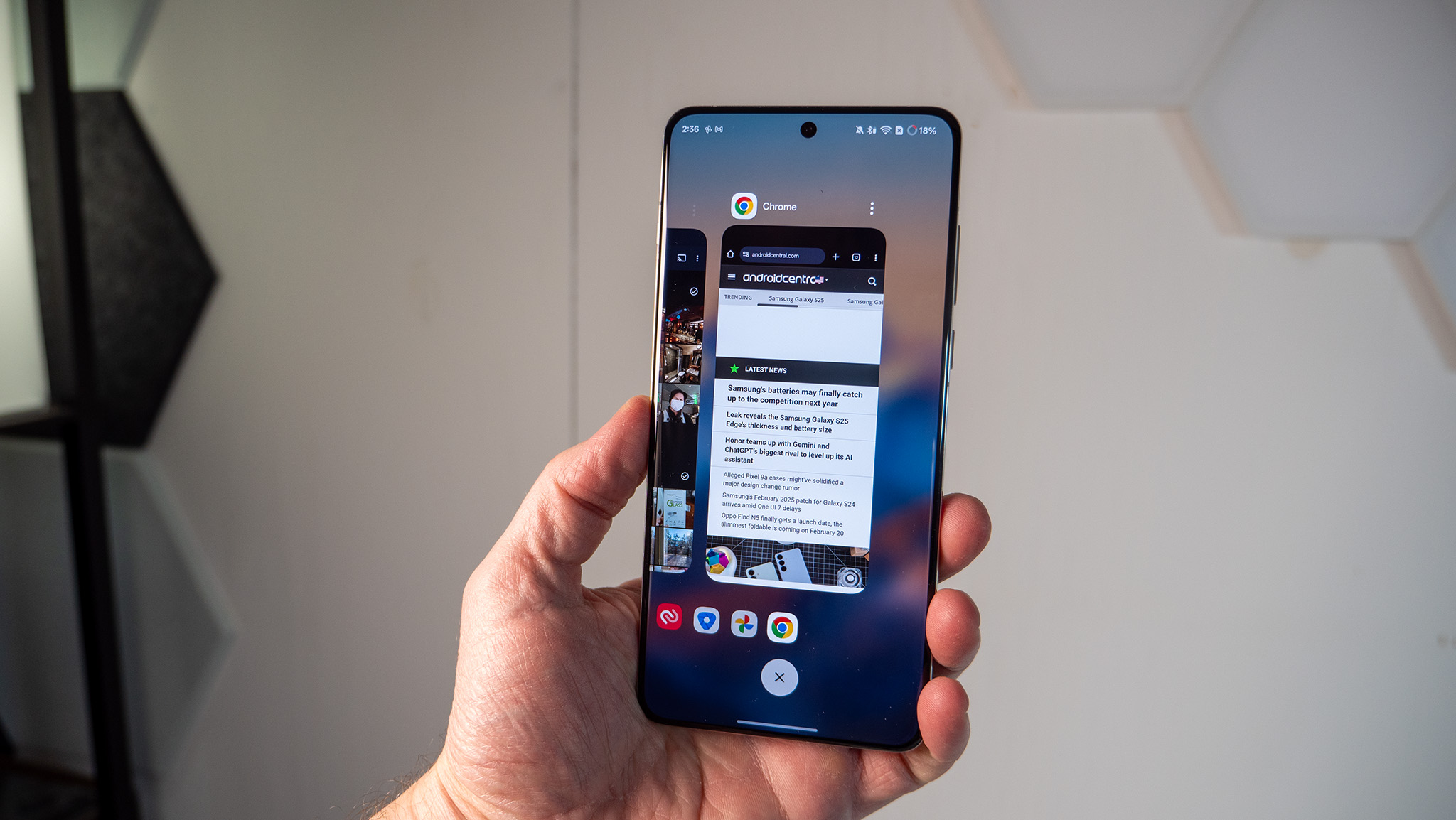
OnePlus and Oppo smartphones enable users to rapidly transition among ten applications simultaneously through a swift swipe and tap gesture.
On any Android phone, you won’t find a better default multitasking interface than OnePlus’. However, it wasn’t always this impressive. When Android 9 Pie was released, OnePlus hurriedly adopted Google’s suboptimal UI design, only to regret it when their most devoted users expressed dissatisfaction with the oversimplified layout. Since then, OnePlus has skillfully combined the best concepts, providing a swift method to switch between seven apps simultaneously, run two apps concurrently, and even promptly overlay a third app on the screen.
With just a swift swipe and tap, you can effortlessly select from your last 10 used apps directly from the overview UI. This convenience is facilitated by a speedy slider located at the bottom, displaying app icons and a larger card of each app above it. This feature sets a new benchmark for quickly switching between apps on any Android interface, and it’s now accessible on OPPO devices as well, due to the unification of Color OS and Oxygen OS code bases by the company.
Interestingly enough, this UI design bears a strong resemblance to Apple’s from iOS 7-9, prior to the iPhone X launch. This is ironic given that the company intentionally made multitasking less efficient by eliminating the bottom row of app icons, but fortunately, OnePlus and OPPO recognized this oversight and have since improved upon it.
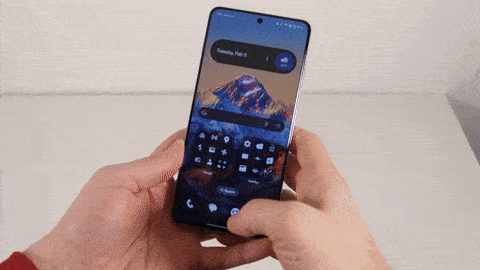
You can easily divide your screen or make the current app hover by simply sliding your thumb vertically from the bottom edge of the screen until the app icon settles into the «floating» or «split» zones that appear on the display. While some other phones, such as Samsung, offer a similar function, they don’t allow you to perform it in one swift motion.
With the update to Oxygen OS 15/Color OS 15, the Canvas feature from OnePlus Open was incorporated, enabling split-screen application usage in an almost full-screen mode on compatible devices. This enhancement makes it easier to use the split-screen function since the primary app occupies about 90% of the screen while the secondary one resides at the bottom, ready to be expanded when needed.
Runner-up: Vivo
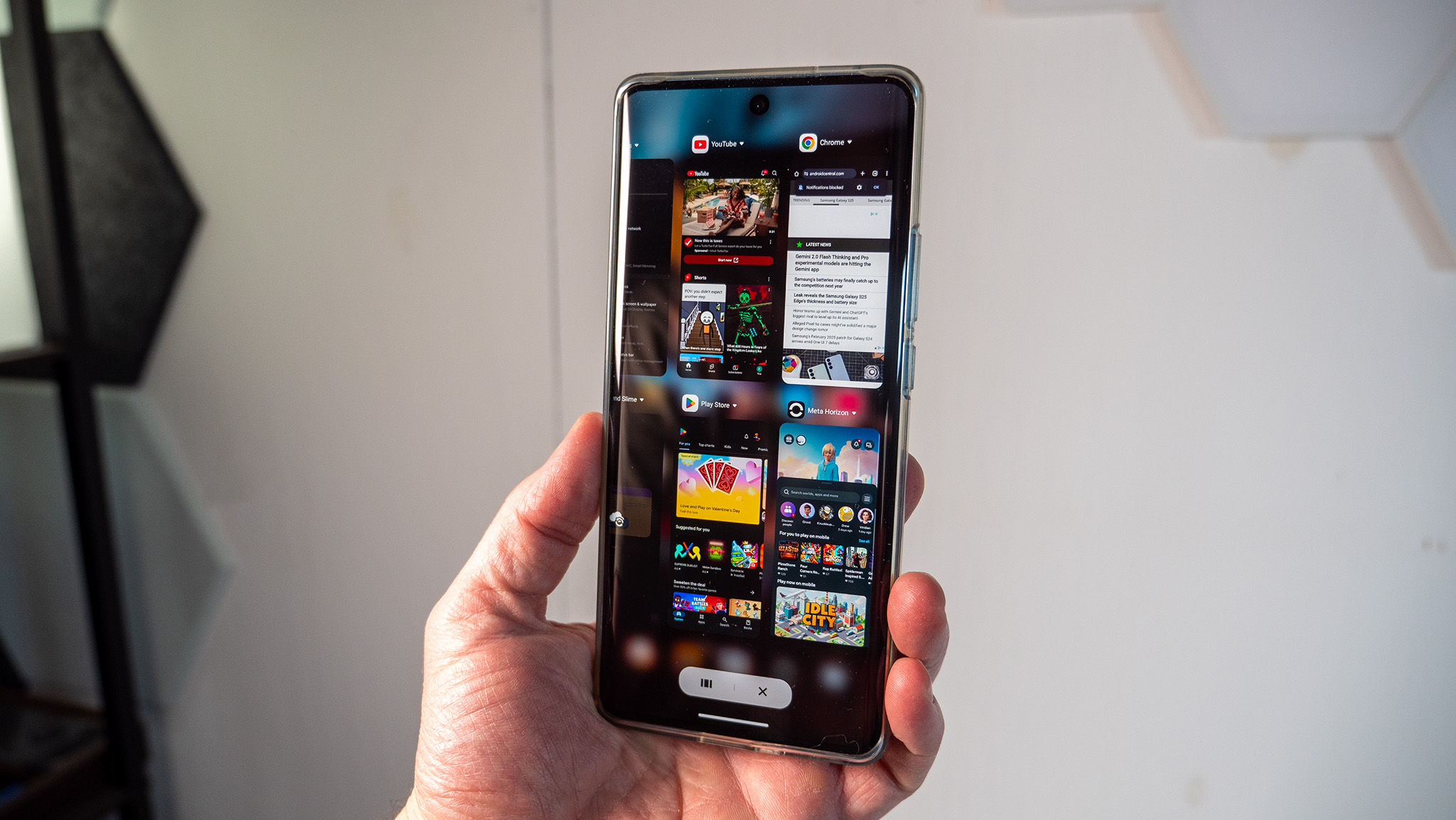
Vivo offers a selection of a grid or AOSP-style card list right on the Overview screen.
Without needing any special setup, Vivo users can effortlessly toggle between the conventional single-large-screen interface and a grid of cards resembling a tablet layout by simply tapping a button. On the Overview screen, you can switch views just by tapping the icon located at the bottom. This makes it convenient to choose four apps with a single tap and another four with a swipe in either direction.
On various smartphones, you might come across a grid of cards feature, but typically, you need to perform a specific action to activate it. Foldable phones usually only showcase this user interface on their large inner screens. As for Samsung devices, they provide multiple UI alternatives, but you must download the Good Lock app from the Galaxy Apps store and an additional module to access the option separately. In contrast, Vivo phones offer this feature with a simple tap on all models.
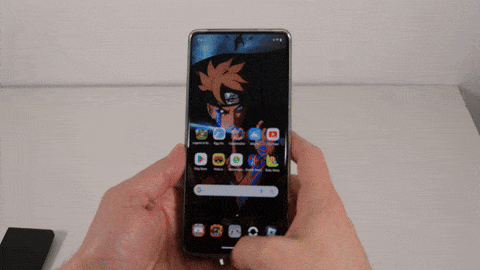
On Vivo phones, just like OnePlus and OPPO models, you can split or float an active window by swiping up and holding. It’s fascinating to observe that many Chinese phone manufacturers incorporate this functionality, prompting questions as to why brands such as Samsung, Google, Motorola, and others haven’t adopted it yet.
Power user option: Samsung
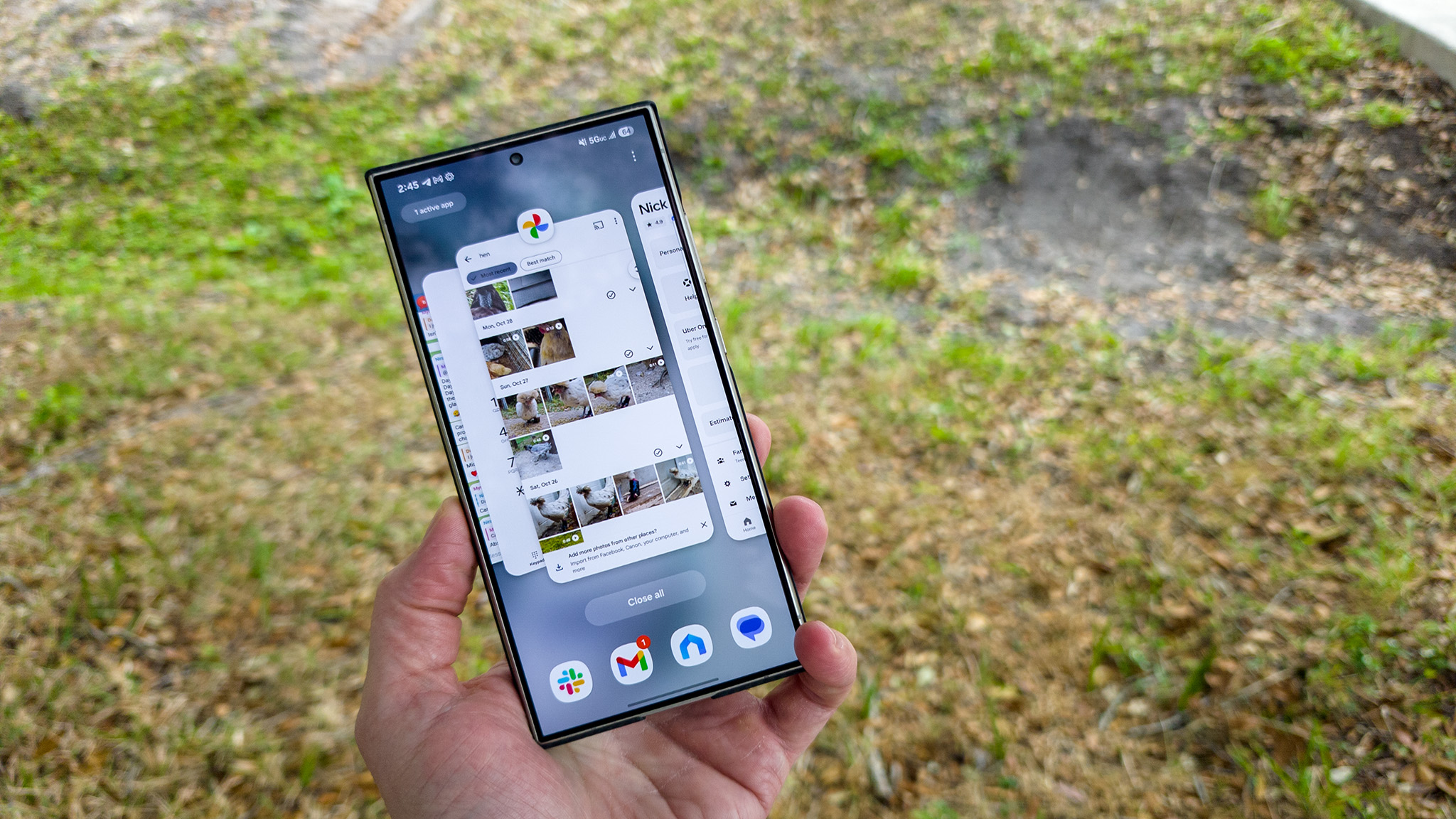
In simpler terms, One UI 7 by Samsung features a default stacked card layout that includes kinetic scrolling to enhance the standard user experience. However, for a truly unique experience, consider trying out one of the numerous Good Lock alternatives available.
2024 saw Samsung make a long-awaited move to enhance its stock multitasking UI in Android by unveiling the One UI 7 beta. This new interface appears to blend elements from both Android and iOS, featuring an arrangement similar to iOS’s stacked cards with four quick icons positioned at the bottom for easier access.
The issue with Samsung’s design lies in the fact that the icons at the bottom aren’t fixed to open apps, but rather change according to an algorithm developed by Google for Android. This algorithm predicts which apps you use frequently and displays their icons accordingly. However, since these icons are constantly changing, it can sometimes be useful, but overall, the inconsistency caused by this feature is more of a hassle than a help.
At a minimum, Samsung cards «click» securely into position, allowing for clear concentration on each one as it moves past. However, if you’re aiming for efficient multitasking, you can avoid the clumsy UI by downloading Good Lock and customizing virtually anything displayed on your Overview screen.
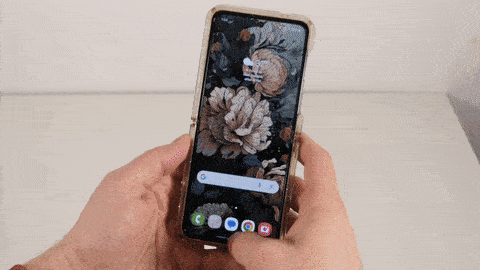
With Good Lock, you have five distinct «task layout» user interfaces to choose from. The List is the standard choice, displaying a single vertical card at a time. Similar to the one I complimented Vivo for incorporating by default, Grid displays six app cards on the screen simultaneously. Stack has recently become the new standard in One UI 7 and presents one prominent card initially with three cards slightly visible behind it. This layout makes it simpler to see which app is coming up next in the list but may not promote multitasking as effectively as the Grid option does.
The Vertical List feature resembles the initial multitasking interface of the Galaxy Nexus, featuring vertically-scrolling cards, which optimizes screen space more effectively than the standard horizontal list. On the other hand, the Slim List option caters to advanced users, providing instant access to seven apps right off the bat.
Samsung provides the option for hovering and split-screen apps; however, it requires a two-step process: first, access the Overview UI, then long-press on an app card and drag it to its designated action. This is more time-consuming compared to what Vivo, OnePlus, OPPO, and other Chinese brands offer directly.
Honorable mention: Foldables
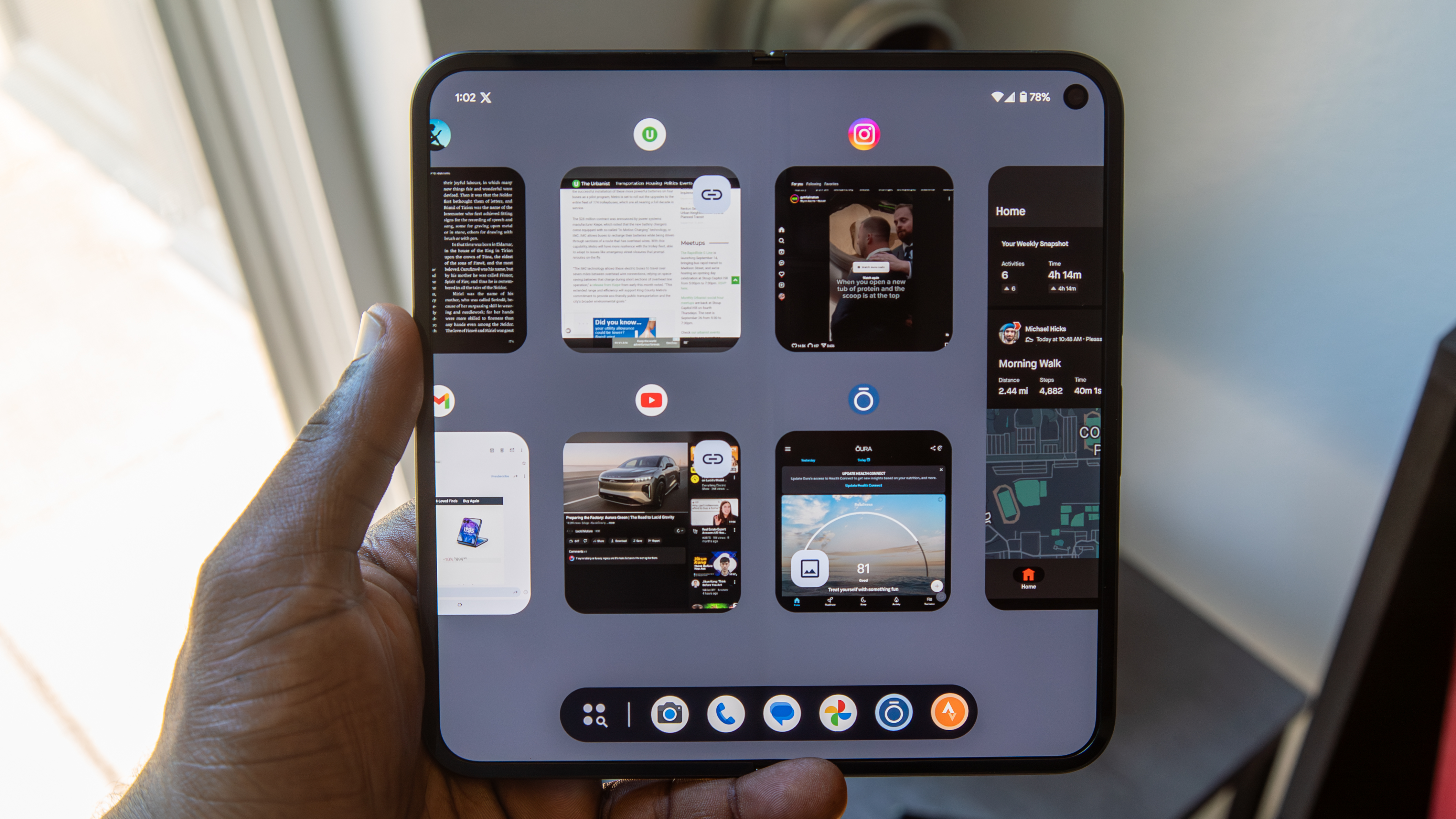
Foldable book styles provide various methods for handling multiple tasks simultaneously, and many come equipped with a detachable anchor point for quick, single-click task switching.
As an analyst, I find that foldable phones such as the Google Pixel 9 Pro Fold and OnePlus Open provide an exceptional multitasking experience, technically speaking. However, not everyone is fond of their larger size. It’s important to note that these devices offer a unique multitasking experience on the smaller exterior screen compared to the larger interior screen.
Some models, such as the Honor Magic V3 shown here, lack a feature to permanently anchor the dock at the bottom of the screen. On the other hand, most book-style foldable devices enable you to keep this dock visible continuously, making it easy to switch between tasks with just a tap anytime.
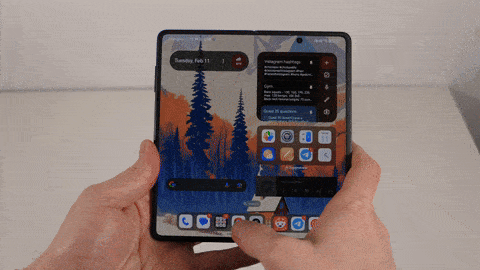
OnePlus receives the accolade for the top foldable multitasking UI as its compact screen interface mirrors that of its other devices, featuring a handy row of app shortcuts at the base. Upon unfolding the phone, you’ll discover no compelling need to access Overview, thanks to the app dock situated on the bottom of the screen.
With many foldable devices now featuring a dock due to Samsung and Android 12L, OnePlus outdoes them with its Canvas software. This allows for simultaneous operation of three apps on the large screen at once. You can rearrange these as desired, elevating multitasking to unprecedented heights.
Barely better than stock: Google, Motorola, Nothing, Honor
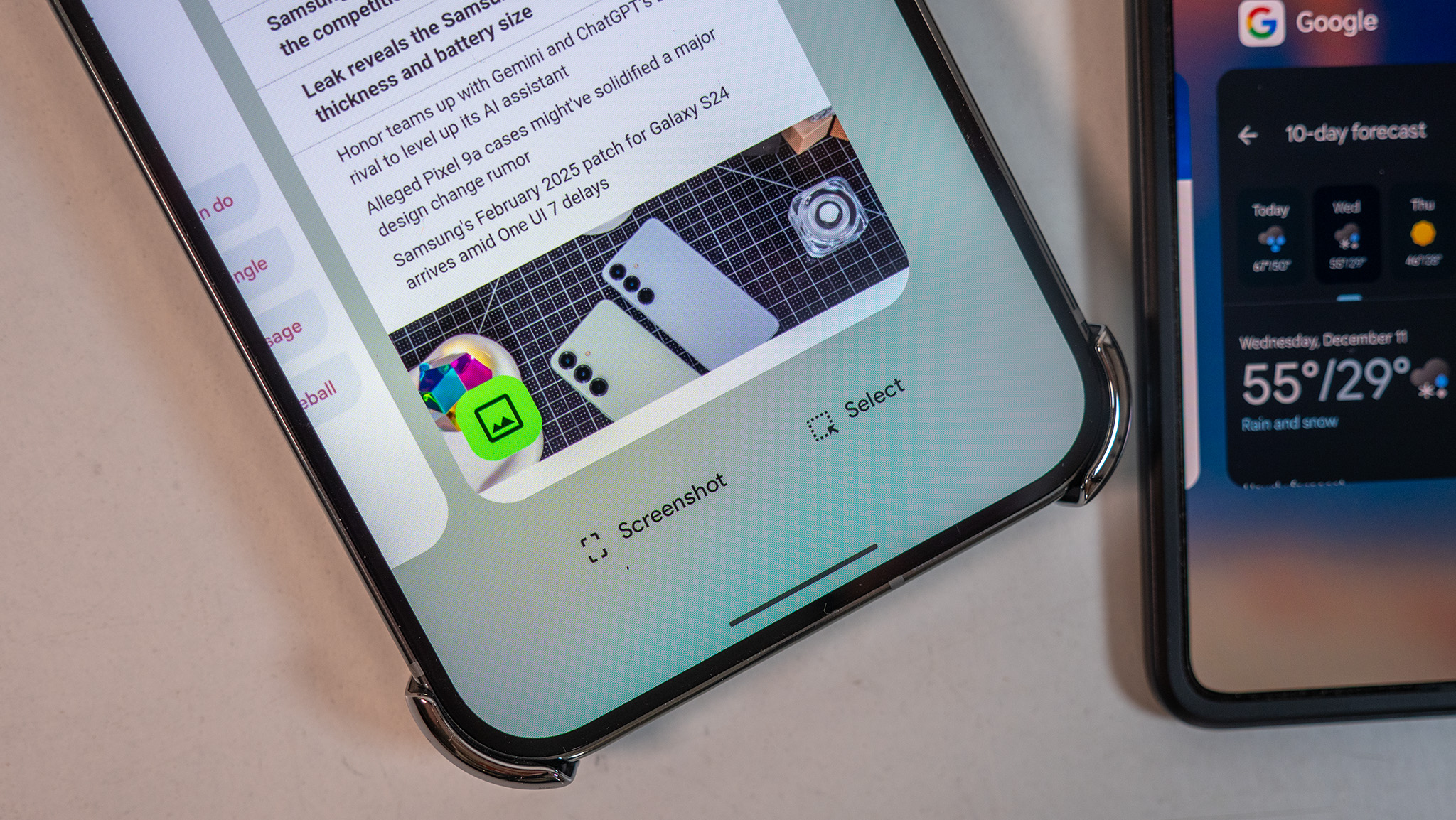
Many Android device makers tend to use the standard user interface (UI) with some additional useful tools. For instance, Motorola and Google provide quick action shortcuts at the bottom for capturing screenshots. This feature enables users to take a snapshot of an app within the Overview UI without needing to reopen it again. However, I’m unsure how often this functionality is utilized, as I rarely find myself using the button except to check its purpose.
On certain Motorola devices, such as the Moto G 2025, there’s an additional feature: a button under the cards that keeps the app in active memory. This ensures the app remains accessible quickly if your phone is running low on resources and needs to reload apps frequently. Additionally, some Motorola phones offer a third button from the Overview UI when the sidebar gesture option is enabled. This allows you to instantly float apps with a single tap, then minimize them into a partially hidden side panel for easy access later.
Google Pixel phones feature a screenshot button and an additional «Select» button that can pull text from app icons, but this process is much slower and less user-friendly compared to swiftly switching between apps using the gesture bar at the bottom of the screen. Certain cards on the Pixel Home UI also offer quick options like «copy link» or «copy image», which are beneficial in specific situations. However, the overall design of the Pixel’s Home UI appears to be overcomplicated and poorly thought out.
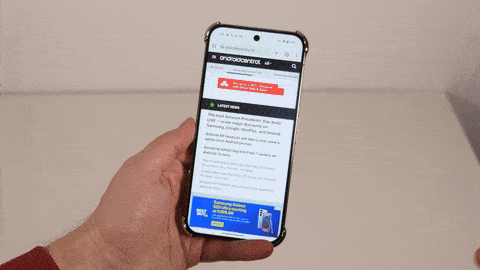
These firms enhance the basic Android Open Source Project (AOSP) user experience, yet they don’t address the fundamental issue of the bulky UI layout design.
With Honor, the standard large card interface remains unchanged, but it offers an improvement by incorporating a tiny float button on the upper right corner of each card, enabling users to instantly pop out a window for easier navigation. This feature may not aid in swiftly switching between multiple apps, but it does make managing three apps more manageable when one is floating. Additionally, Honor introduces a speedy hover and split-screen function triggered by swiping up from the screen bottom and moving the card to the desired action.
In simpler terms, the Overview UI doesn’t include any new buttons, but it enables users to move the currently active app to a floating window by swiping upward from the bottom of the screen until the app is positioned near the top half of the screen. This allows for easier multitasking and the floating app will have distinct «minimize» and «close» buttons within its frame, reminiscent of Motorola’s design. However, it’s important to note that this feature is relatively basic compared to the other four companies mentioned in this context.
Although these four companies excel in certain areas compared to AOSP, their features are quite specialized and may not be utilized frequently. However, they fail to address the primary issue, which is the inefficiency of the single large card on the screen and limited options for swiftly switching to another app without excessive scrolling. Furthermore, none of them provide the smooth kinetic scrolling that Samsung does, making it challenging to locate your desired app as it rapidly moves by.
AOSP needs a facelift
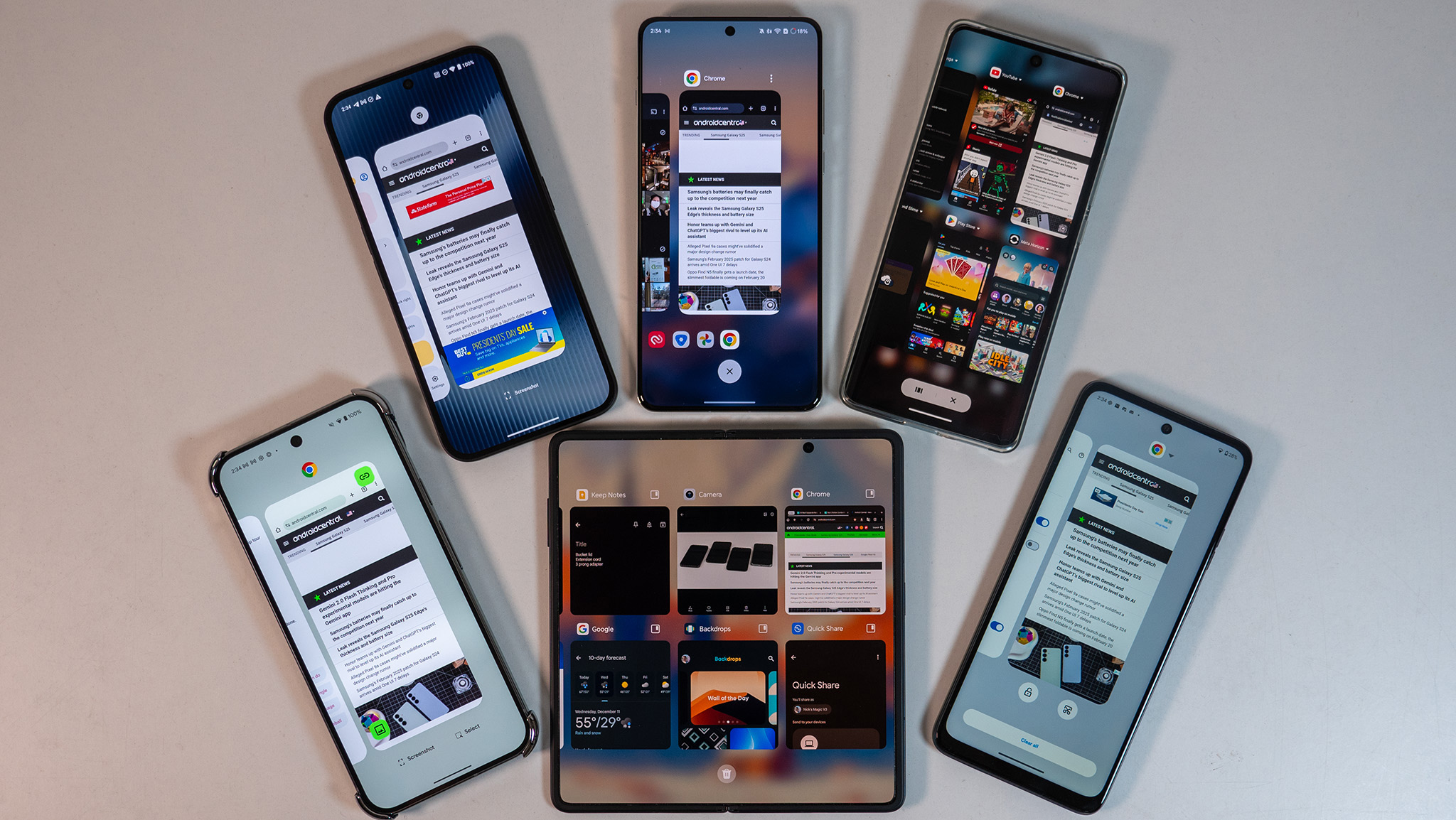
It’s been quite challenging for me to grasp why Google hasn’t addressed this UI issue since Android 9 Pie debuted seven years ago. When the first Pixel Fold was unveiled in May 2023, I was thrilled by its grid-like multitasking interface displayed on the foldable device. However, upon closer examination, I discovered that this innovative UI is only available on the larger inner display instead of the outer one which I primarily use.
Essentially, Android’s current Overview multitasking interface requires a significant makeover. At present, OnePlus’s default design offers the most promising alternative. It expands on the large card format by incorporating a straightforward icon grid at its base. This setup allows users to effortlessly switch between their last ten applications using just a swipe and a tap.
In my observation, many companies complicate this process in their unique ways. For instance, the next-best alternatives can be found in a grid format on Vivo and Samsung phones, or a vertically scrolling «slim list» within Samsung’s Good Lock app. Companies that choose stock Android, however, seem to be settling for the least appealing option. This results in multitasking becoming more of a task than a pleasure.
Google should tackle this issue with the upcoming Android version, ideally as soon as possible. There are numerous potential solutions at your disposal, Google, any of which would mark a significant upgrade from the present state. Thank you.
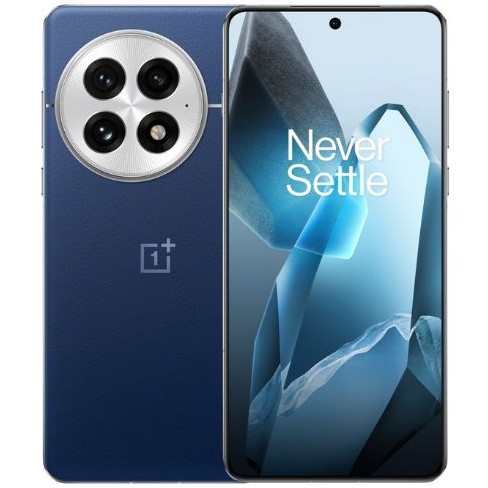
Смотрите также
- 10 лучших чехлов, которые обязательно нужно иметь для вашего нового Samsung Galaxy S25 Ultra!
- Обзор Fiio SR11: доступный сетевой стример с интеграцией Roon
- Подойдет ли Samsung Galaxy S25 к чехлам Galaxy S24?
- Лучшие телефоны Android для студентов 2024 года
- Какой цвет Samsung Galaxy S25 Ultra выбрать?
- Обзор гоночного комплекта MOZA R3 (Xbox/ПК)
- Какой цвет Galaxy S24 лучший? Мы проверили их все
- 1Еще обзор SonoFlow Pro HQ51: бюджетные наушники стоят каждой копейки
- Первые 13 вещей, которые нужно сделать с OnePlus 13
- Обзор Google TV Streamer: фантастика, но не идеально
2025-02-12 00:24